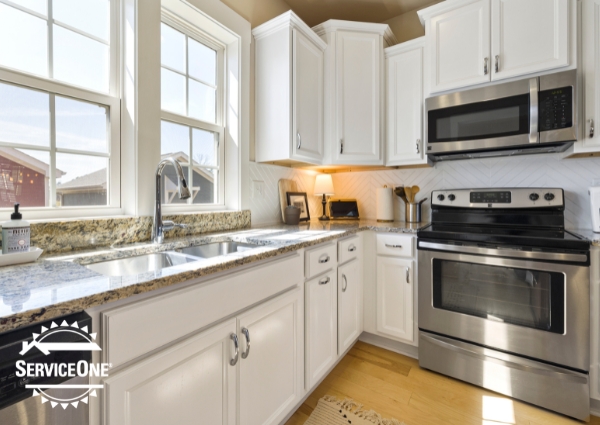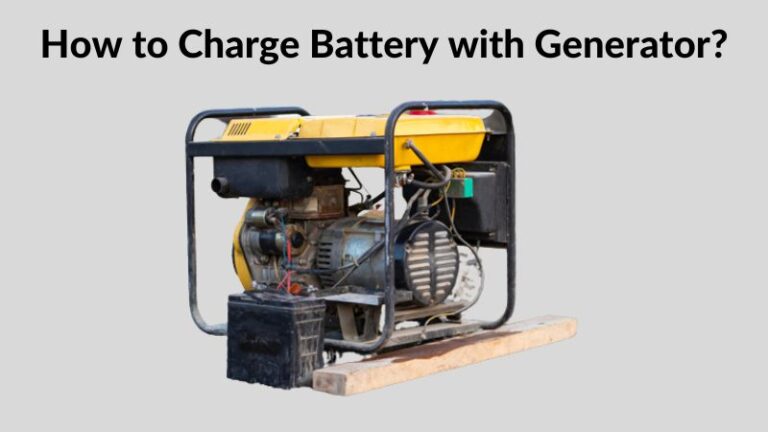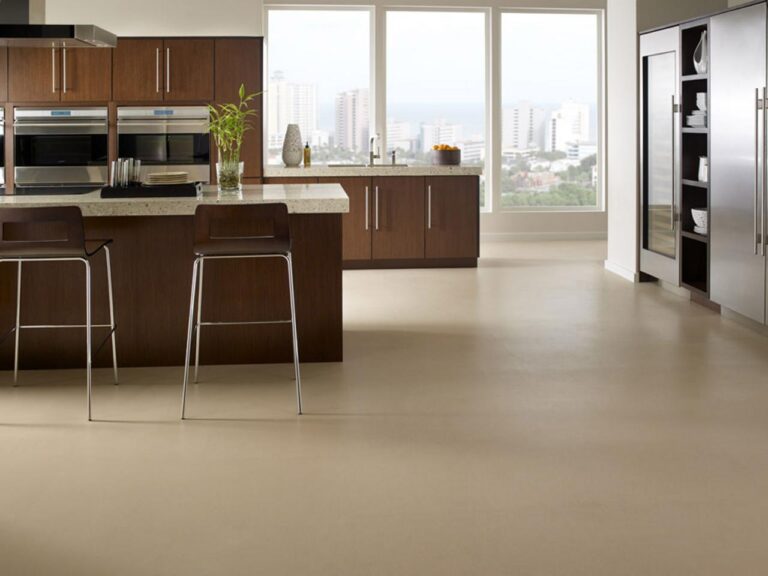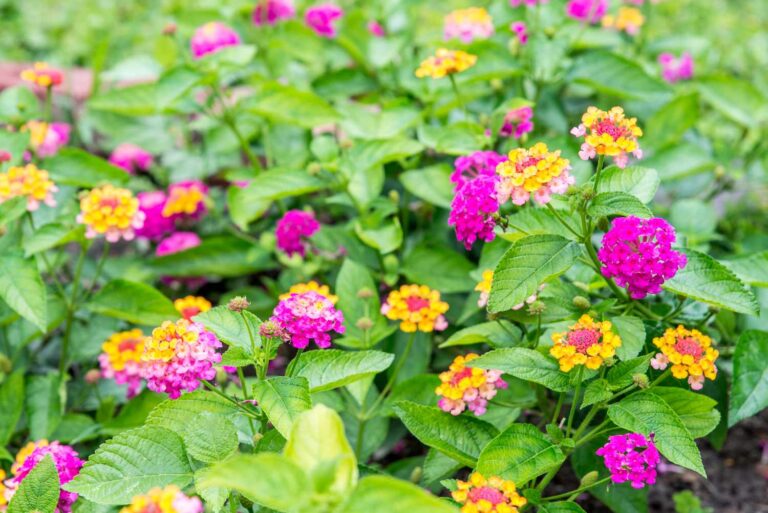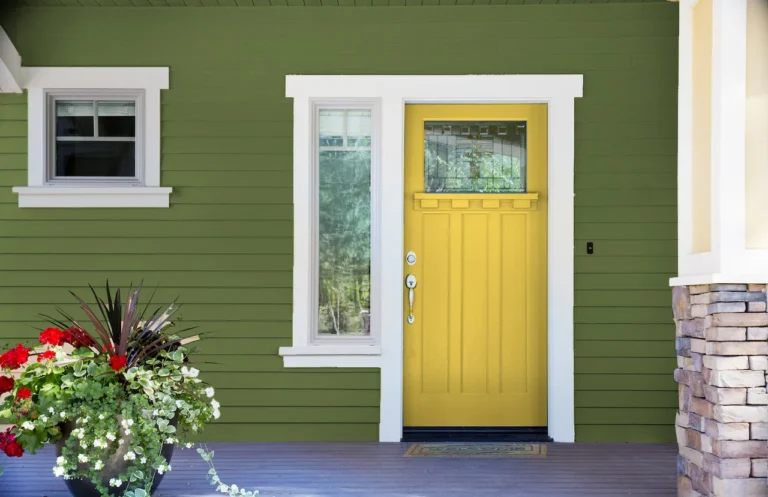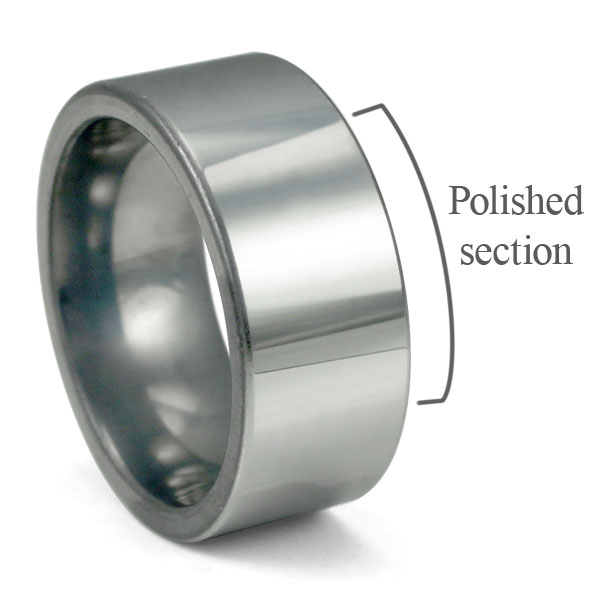What Type Of Planter Is Best For Plants?
Choosing the right type of planter for your plants is an important step in ensuring their health and growth. There are a few factors to consider when selecting the best planter for your plants. It is important to consider the size and shape of the planter, the material it is made from, and the drainage capabilities. Different plants have different needs when it comes to planters, so it is important to do your research to determine what type of planter is best for your plants. Additionally, if you are looking for a decorative planter, there are many different styles and colors to choose from.
Benefits of Different Types of Planters
Planters come in a variety of shapes, sizes, and materials, and each type has its benefits when it comes to growing plants. Clay or terracotta planters are porous, which means they allow for better air circulation and water drainage that helps prevent overwatering. Wooden planters are great for larger plants as they are strong and durable. Plastic or resin planters have a lighter weight, so they are easier to move around. Hanging planters are great for small spaces, as they can be hung from the ceiling or a wall. Self-watering planters are convenient and require less maintenance. With so many options available, it’s important to consider the benefits of each type of planter when selecting the best one for your plants.
Factors to Consider When Choosing a Planter
When it comes to selecting the right planter for your plants, there are several factors to consider. Not all planters are created equal and the type of container you choose can have a direct impact on the health and growth of your plants. Here are some things to consider when choosing a planter.
Size: The size of the planter will vary depending on the type of plant you have. Smaller plants can thrive in a small container, while larger plants will need a larger planter. Make sure to measure out the size of the planter to make sure it is the right size for your plant.
Material: Different materials can affect the health of your plants. Clay, wood, and plastic planters all have their unique benefits and drawbacks. Clay planters are more breathable, while plastic planters are much more durable. Consider the type of material that will work best for your plant.
Drainage: Good drainage is essential for the health of your plants. Make sure the planter has enough drainage holes to allow excess water to escape. If the planter is too watertight, this can cause root rot or other problems.
Style: Choosing a style of planter can be a fun part of the process. There are many styles to choose from, so make sure to find the one that fits your home and garden.
By understanding these factors, you can find the perfect planter for your plants. With the right planter, your plants will thrive and you can enjoy the beauty of your garden for years to come.
Pros and Cons of Ceramic Planters
When it comes to choosing the right planter for your plants, ceramic planters are an excellent choice. Not only do they look great, but they can also help you cultivate a thriving garden. They are available in a wide range of colors, shapes, and sizes, making them a versatile option for any home or garden. However, there are some pros and cons to consider before investing in ceramic planters.
The primary advantage of ceramic planters is their durability. They can withstand extreme temperatures, making them suitable for both indoor and outdoor use. Furthermore, they’re resistant to damage caused by pests and other environmental factors. Ceramic planters also offer excellent drainage, keeping your plants healthy and free from excess moisture. Another plus is that they are easy to clean and maintain.
On the other hand, ceramic planters can be quite expensive. Depending on the size and quality, they can be quite costly. Additionally, they can be heavy, making them difficult to move around. Furthermore, they are also prone to cracking or breaking if they are not handled with care.
Overall, ceramic planters are an attractive and durable option for any garden. Before investing in them, make sure to consider their pros and cons, to ensure they are the best choice for your plants.
Pros and Cons of Plastic Planters
If you’re looking to spruce up your home with a few potted plants, you may be wondering what type of planter is best for your plants. One popular option is plastic planters. Plastic planters are lightweight, inexpensive, and come in a variety of shapes and sizes. But while plastic planters may seem like the perfect solution, they come with a few drawbacks.
Plastic planters have a few advantages. For one, they are lightweight and easy to transport. Compared to ceramic or terracotta planters, plastic planters are much lighter and can be moved with ease. Additionally, they come in a variety of colors, shapes, and sizes, so you can easily find one that suits your home and style. Plastic planters are also relatively inexpensive, making them a great option for those on a budget.
On the other hand, there are a few drawbacks to plastic planters. For one, plastic planters are not as durable as ceramic or terracotta planters. If you want to keep your plants for a long time, you may want to consider a more sturdy option. Additionally, plastic planters do not retain moisture as well as ceramic or terracotta planters, meaning that you may have to water your plants more frequently. Finally, plastic planters can heat up quickly in direct sunlight, which can be damaging to your plants.
When choosing a planter for your plants, it’s important to weigh the pros and cons of plastic planters. While plastic planters can be lightweight, affordable, and come in a variety of colors and shapes, they may not be the best long-term option. Consider your needs and budget when selecting a planter, and be sure to take into consideration the drawbacks of plastic planters.
:max_bytes(150000):strip_icc()/SPR-the-best-tall-plants-for-containers-4142017-7d2546e332fb46d6aacfc3d7d6343031.png)
Pros and Cons of Wooden Planters
Wooden planters can be an attractive addition to any garden, balcony, or outdoor living space. But before you invest in one, it’s important to understand the pros and cons of wooden planters. On the plus side, wooden planters are usually lightweight and easy to move around, and they come in a variety of shapes and sizes to match any outdoor décor. Additionally, they can be painted or stained to create different looks, and they can be stained to protect against the elements. On the downside, wooden planters may break down more quickly than other materials like plastic or ceramic and will need to be replaced more frequently. Additionally, they may be more vulnerable to pests and rot, and they may get stained or discolored over time. To ensure your wooden planter lasts, it’s important to keep it clean and seal it with a water-resistant coating to protect against the elements. All in all, wooden planters are a great way to add a touch of beauty to your outdoor space. However, it’s important to weigh the pros and cons before making your purchase.
Pros and Cons of Metal Planters
When it comes to planters, metal planters are often overlooked. But when it comes to planting, metal planters can offer a variety of advantages. They are highly durable, require little maintenance, and can be used for both indoor and outdoor planting. However, metal planters also come with their own set of drawbacks. Here are some of the pros and cons of metal planters to consider when deciding which type of planter is best for your plants.
Pros: Metal planters are highly durable and will last for years. They are also easy to clean and maintain and can be used for both indoor and outdoor planting. Metal planters are also lightweight, making them easy to move around, and they come in a variety of styles and sizes to fit any decor.
Cons: While metal planters are highly durable, they can be prone to rust and corrosion if exposed to moisture or harsh weather conditions. Metal planters can also be expensive, and the material can become hot if left in direct sunlight. Additionally, metal planters are not ideal for plants that require a lot of water, as they do not absorb moisture well.
Ultimately, when deciding what type of planter is best for your plants, it is important to consider the pros and cons of metal planters. While metal planters are highly durable and easy to maintain, they can also be expensive and prone to rust and corrosion. Weighing the advantages and disadvantages will help you determine if a metal planter is the right choice for your plants.
Pros and Cons of Terracotta Planters
Terracotta planters are an attractive, classic choice for your favorite plants. While they may look simple, there are both pros and cons to consider before you purchase one for your home. On the plus side, terracotta planters are generally inexpensive and widely available, making them a great option for anyone on a budget. They also offer good drainage, allowing plants to stay healthy and hydrated. Additionally, their classic look adds a touch of style to any outdoor or indoor garden.
However, terracotta planters have some drawbacks. As they are made of clay, they are prone to cracking and breaking if dropped or moved too often. Additionally, they tend to weigh more than other planters, making them difficult to transport. Lastly, terracotta planters can be difficult to clean due to their porous material.
When it comes to choosing the right planter for your plants, it’s important to weigh the pros and cons of each option. While terracotta planters may not be the best choice for every situation, they can be a great option for those looking for an inexpensive, classic addition to their garden.
FAQs About the What Type Of Planter Is Best For Plants?
1. What factors should I consider when choosing a planter for my plants?
Answer: The size of the planter should be appropriate for the size and type of plant. Also consider the material of the planter, the drainage capacity, and the environment where the planter will be placed (indoors or outdoors).
2. Is it necessary to have a drainage hole in the planter?
Answer: Yes, a drainage hole is important for the health of your plants. The hole will allow excess water to drain away, preventing the roots from sitting in water which can cause root rot.
3. What types of materials are best for planters?
Answer: Clay and terracotta planters are porous and allow roots to breathe. Plastic planters are lightweight and come in a variety of shapes and sizes. Metal planters are durable and can be used both indoors and outdoors.
Conclusion
The type of planter that is best for plants ultimately depends on the type of plant and the climate they are in. Clay pots are great for plants that require more moisture in hot climates, whereas plastic pots are better for plants that require less moisture in cooler climates. Additionally, the size of the pot should be taken into consideration; smaller pots need to be watered more often, while larger pots can hold more water and may require less frequent watering. Ultimately, selecting the best planter for plants comes down to the specific needs of the plant and the environment it is in.

